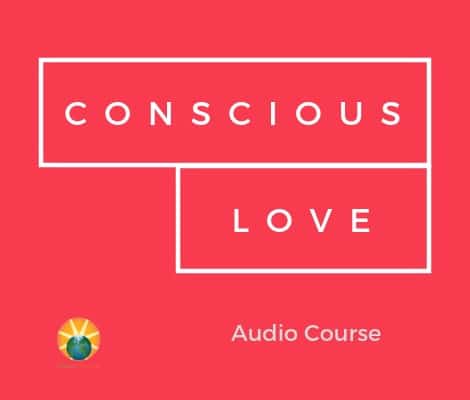Guardians Against Epidemics
Blessings from Retreat
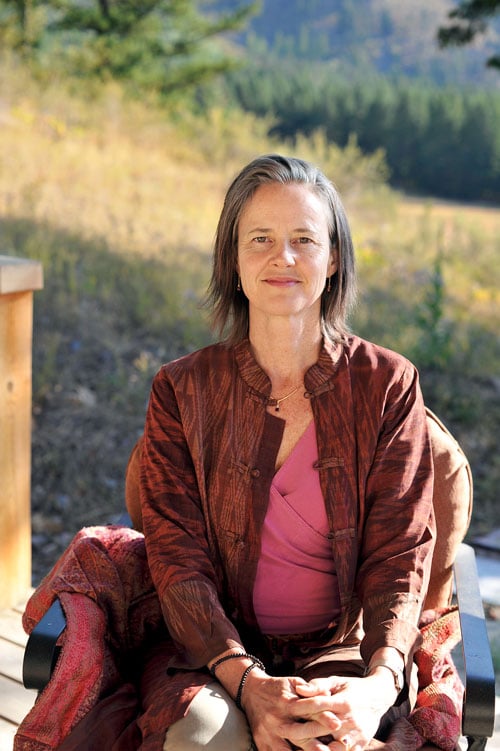
I’m currently in a writing retreat, working on my guidebook to Kyoto’s spectacular Gion Festival. In retreat at Clear Sky, it’s a beautiful spring! Warm, peaceful and sunny.
There’s a small team supporting me with the book, so while in retreat I am checking emails from them. They’ve told me how they’re in lockdown or self-quarantine. Meanwhile, I keep seeing emails with subject lines about what this or that organization (including Clear Sky and Planet Dharma) are doing about COVID-19. In truth it feels a world away.
If it weren’t for my team in various countries, for emails, if it weren’t for the internet, I might feel even more peaceful than I do. It gives me some perspective on the “retreat” part of “retreat center,” retreating from samsara, from an essentially mad world. While doing everything we can to alleviate the suffering therein.
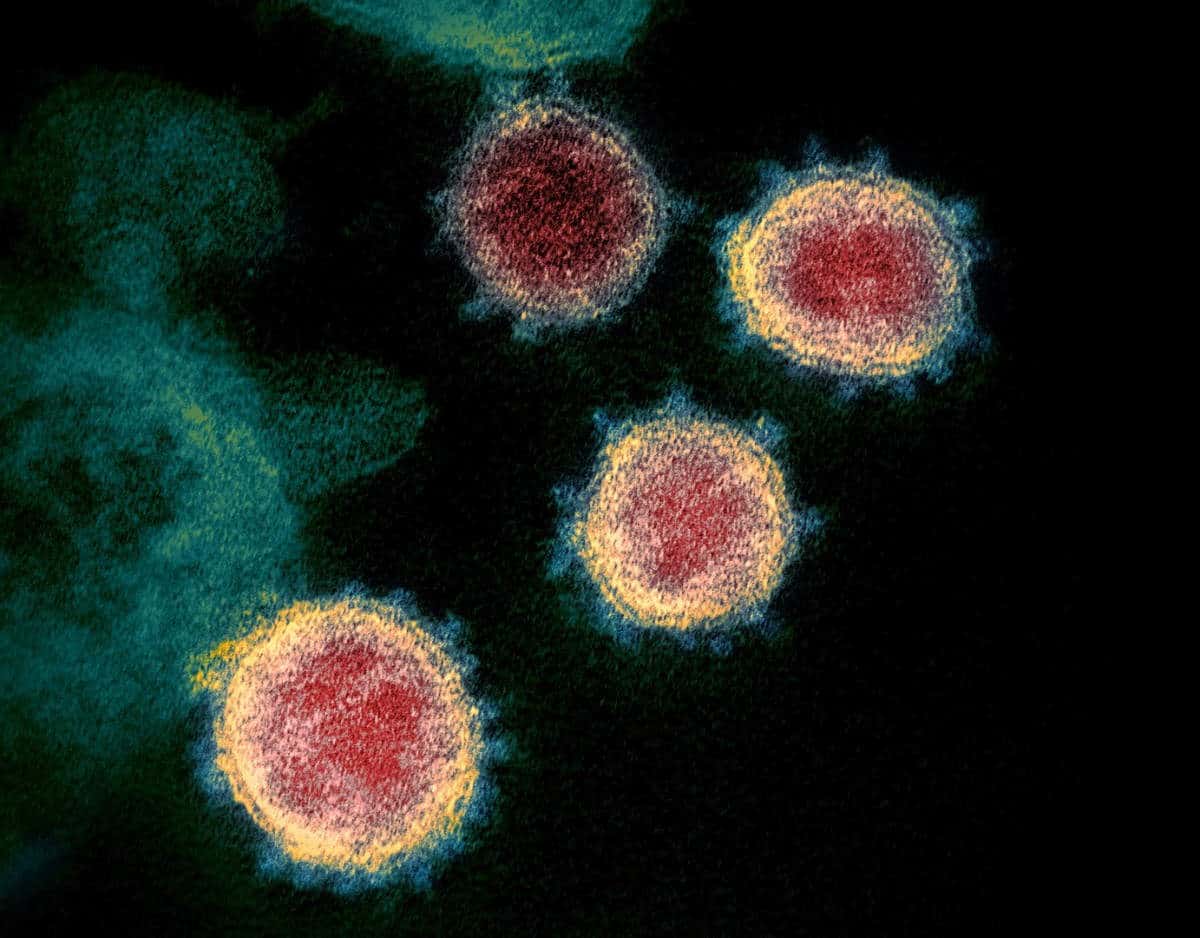
Over the years I’ve reflected much on the relevance of the Gion Festival today. It attracts more than a million visitors a year, but is it just a hyped up tourist event? How many of those people even know that deities are at the heart of the festival?
You might not be surprised that one of my goals with my book is to recall the festival’s spiritual origins and meaning. It’s a most fruitful retreat, to be questing for optimal ways to share about guardians against epidemics with the public at large.
It gives me some comfort that every building at Clear Sky has a chimaki amulet from the Gion Festival, designed to protect everyone who goes in and out from plague. It’s giving me some satisfaction that I was gifted all those chimaki from well-wishing festival patrons, brought them back across the ocean, through customs and put them all up. May they provide protection to everyone who spends time here at Clear Sky.
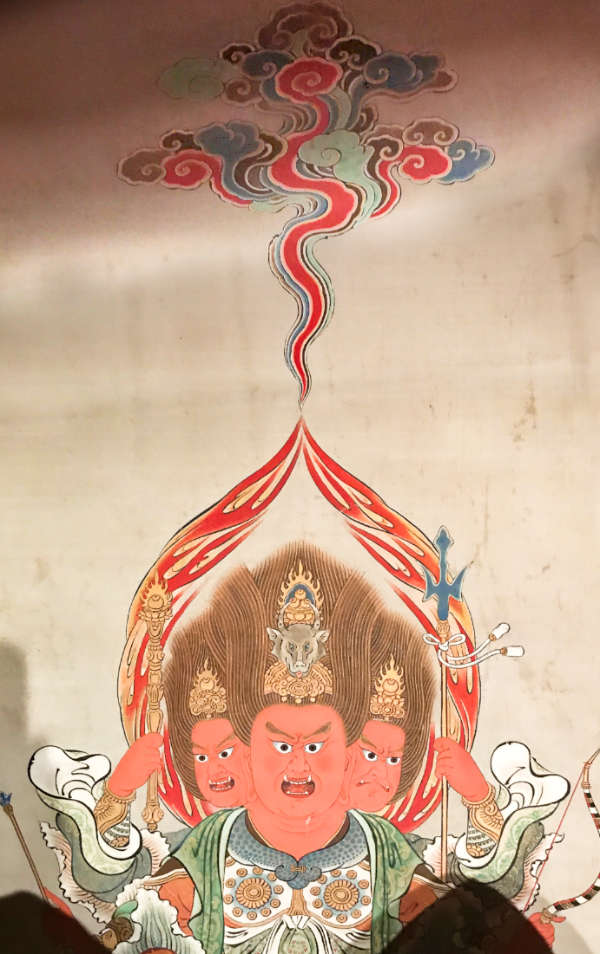
Shintō morphed with Buddhism in Japan the same way that Bon morphed with Vajrayana in Tibet. So the two main deities of the Gion Festival are both Shintō––Susanō-no-mikoto, the god of storms––and Buddhist––Gozu Tennō, the ox-headed emperor, a guardian deity of the Buddha’s first monastery, Jetavana.
The tempestuous god of storms carries plague on the winds to those that displease him. He’s also known as the god of love, and his beloved is Princess Kushi Inada, the goddess of rice. The rain from storms is what gives life to rice. So we see how death and birth are always hand in hand, so to speak, or perhaps we should say, lingam in yoni.
But I puzzled for years over this ox-headed guardian deity––why an ox? Then a learned friend of mine pointed out that it was a Japanese version of Yamantaka, the Lord of Death, guardian of the threshold between this life and the next bardo.
Balance, of course. Balance in our lives, within our selves, with our communities, with nature, with both the seen and unseen worlds.
Surely these trying times are some of the most fruitful to hone our spiritual practice. And speaking of balance and spiritual practice, I’m going to return to my relationship with these guardians against plagues. Wishing you many hours of sunyata, bliss and insight on the meditation cushion, for the benefit of all beings.
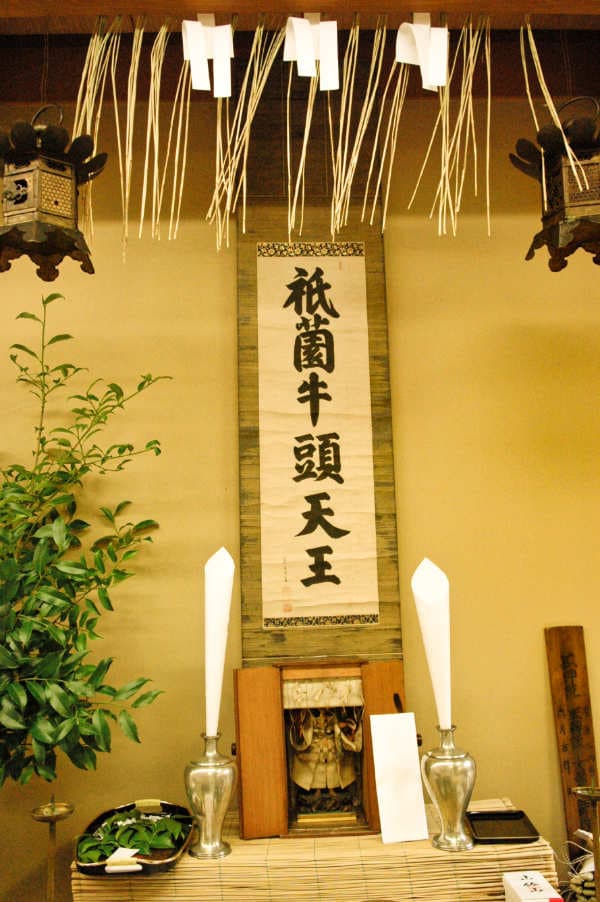
Bite Sized Wisdom to inspire your week
The foundation of conscious community is conscious, loving relationships between individuals.
Your relationships can keep you spinning in the same cycles—or, like anything else, you can use them as a vehicle for liberation. And, you can choose to do this together.
We invite you to listen to our free audio course on Conscious Love and Relationships to gain insight into how to make all relationships more conscious, liberative, and aligned with your highest aspiration and values—whether it’s with partners, parents, coworkers, friends, roommates, or someone on the customer service line. Relationship is at the heart of being, and healthy and conscious relationship all begins with you.
Enter your details below to download the full Conscious Love audio course and subscribe to Planet Dharma. You’ll receive occasional articles, news and helpful Dharma material. (Don’t worry, we will be kind to your inbox!)
